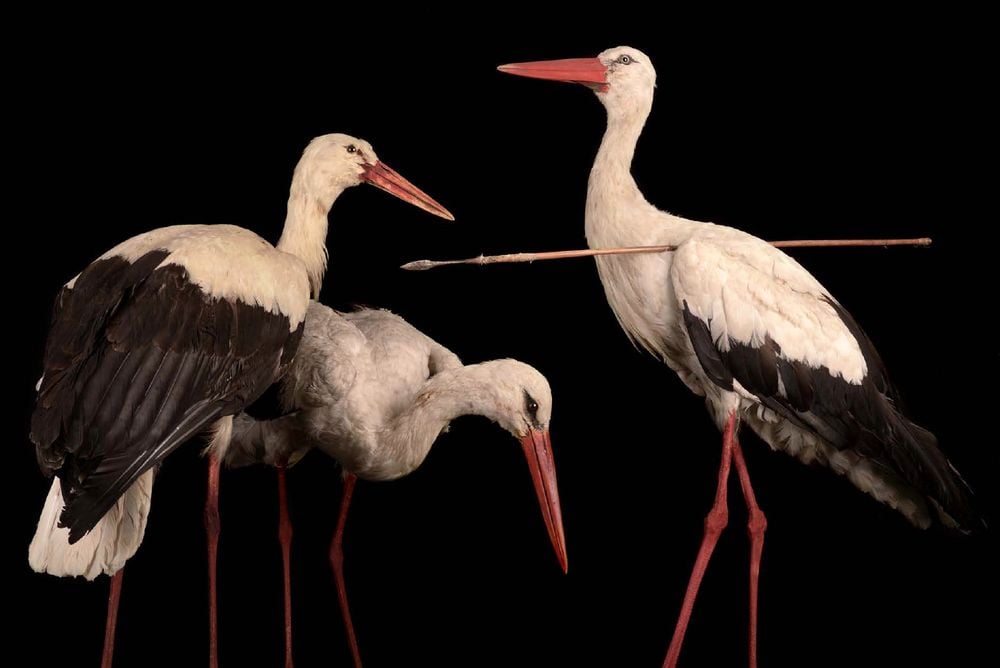One of the most fascinating and inspiring natural phenomena is bird migration—but how do scientists figure out where all those birds are going?
European scientists had little evidence that birds migrated during the winter until the nineteenth century. Scientists only had definitive proof of long-distance migration once a stork returned with an arrow made of African wood through its neck.
Early History of Bird Migration
Indigenous cultures create a variety of migratory bird legends and stories. For example, Athabascan peoples in Alaska tell the story of “Raven and Goose-wife,” in which Raven falls in love with a beautiful goose but cannot stay with her because he cannot keep up with the family of geese as they migrate south across the ocean.
While Aristotle correctly identified some aspects of bird migration in his Historia Animalium in the fourth century BC, he hypothesizes that swallows hibernate in crevices and that some winter and summer residents are the same birds in different plumages. (Source: Audubonva)
The Arrow Stork
One White Stork helped solve the mystery in 1822. With a 30-inch spear through its neck, the bird landed near the German village of Klütz. The spear was made of African wood, implying that this stork must have crossed continents.
Being a literal people, the Germans thought this strange, new animal deserved a new name: Pfeilstorch, or arrow-stork. Surprisingly, 24 subsequent Pfeilstorchs—birds that successfully migrated to Europe with an African spear embedded in their flesh—have been recorded.
The Pfeilstorch was the first tangible evidence of migration, which is the annual, large-scale movement of birds between breeding and non-breeding territories. Migration isn’t as fantastic as space travel or shape-shifting, but it’s no less impressive.
Twenty-five Pfeilstrorchs have been recorded traveling 2,000 miles to Africa, being impaled, and then returning 2,000 miles. Their 4,000-mile round trip pales in comparison to the Artic Tern’s 60,000-mile journey between the poles. The migration of the Common Swift is shorter, traveling from its breeding grounds in Scandinavia to its feeding grounds in Sub-Saharan Africa.
However, thanks to the recent development of lightweight accelerometers commonly found in smartphones, researchers have proven that the Common Swift has the longest uninterrupted flight of any bird. Common Swifts eat, drink, mate, and even sleep while flying; as a result, some of them never set foot on the African continent they return to each year. These birds have been in the air for ten months since they landed in Scandinavia.
Although we have evidence of migration for nearly 200 years, it still perplexes us in many ways. We still don’t know what causes migration, how birds navigate across oceans, or why birds choose to embark on such lengthy and difficult journeys in the first place. With all of these unknowns, one thing is sure: technological innovations like accelerometers and chance events like the Pfeilstorch will continue to shed light on one of nature’s most enthralling mysteries.
Birds migrate long distances to wintering grounds, as demonstrated by the Rostocker Pfeilstorch. (Source: Audubonva)
